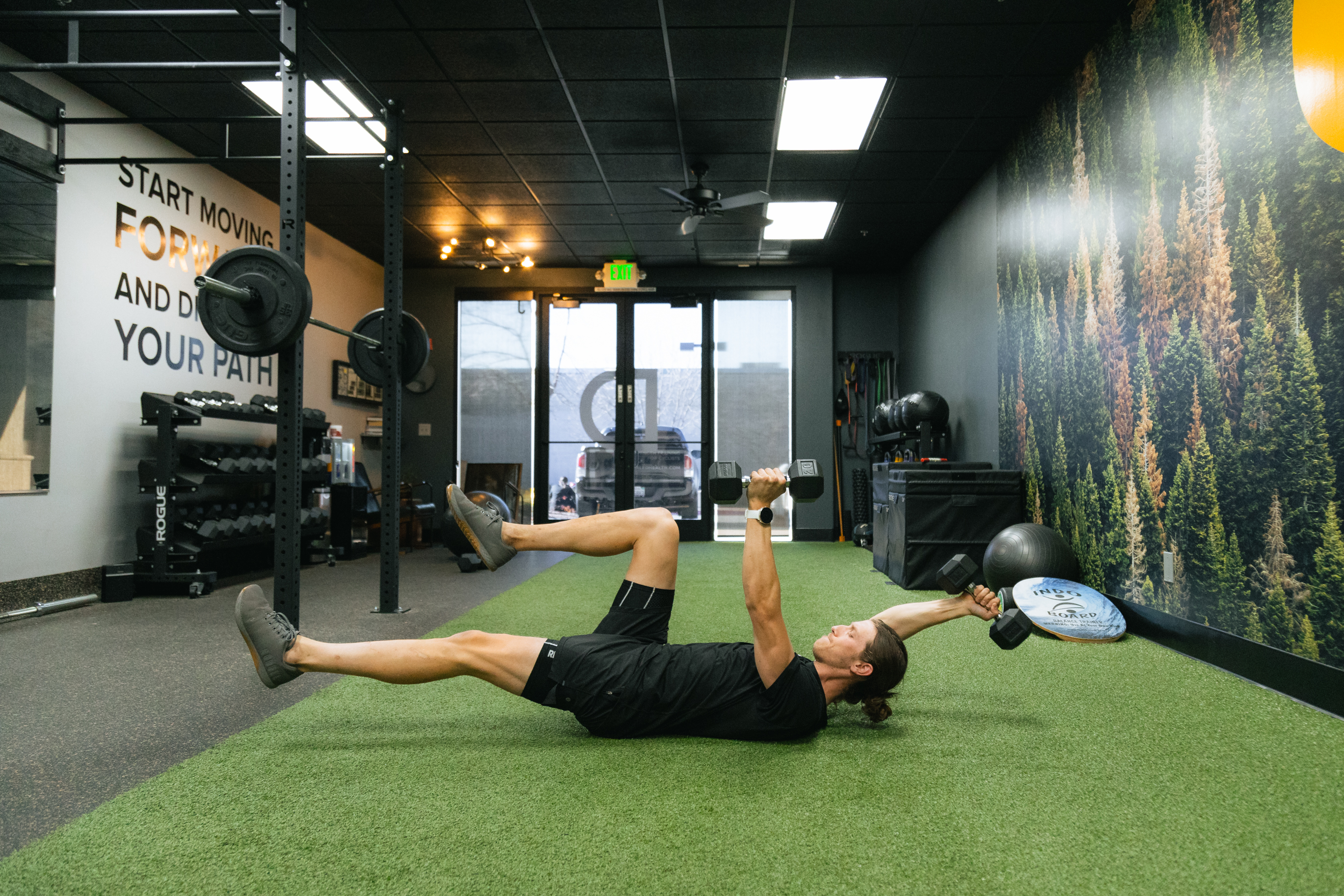
The Difference Between Strength Training for Cyclists and Non-Cyclists
First let’s be clear on who the “cyclist'' is that we're referring to. This person’s primary fitness goal lies in their performance on the bike. I’ll add that this performance can come without losing their ability to be a functional human. A “non-cyclist” is someone who may hop on a bike from time to time, but has no intention of “performing.” It’s purely for light exercise, to get outdoors, spend time with kids, etc. (valid).
Now, if you’re in this “non-cyclist” category, then most likely your workouts are focused on other goals. These can be purely aesthetic, focused on getting out of pain, or just a way to stay mentally sane. This means that most combinations of weight bearing exercise and cardio will work if you consider logic, for example yoga alone probably won’t achieve someone's extreme muscle growth goals, but I don’t think I have to explain why…
As a “cyclist” we know that riding a bike often is mandatory for our performance and likely what you really want to spend your time doing. However, it’s inevitable that the repetitive motion of cycling leads to a plateau in performance, pain from muscle compensations, or a lack of stability(?).
In comes the solution of strength training and rightfully so. A proper program or workouts will address these issues. Then what’s the problem with plugging in some random strength workouts? It’s that they don’t consider the training stress of our rides. The workouts end up splitting muscle groups into a span of 3-4 training sessions per week or focus on High Intensity Interval Training (HIIT). The former is most likely not realistic on your schedule and even worse, means that your “leg day” will leave you sore, stiff, and weak for days after. The latter works an energy system that you already address on any group ride with a little extra spice. So how do you get the results from strength training you actually want? Follow these guidelines:
Your strength training should follow these guidelines:
- Strength training 2-3 times per week.
If you ride 3 days or less per week, you can add a 3rd strength session per week (if you want). If you ride 4 days or more per week, I would not train more than 2 days per week.
- Total body workouts only.
This means a movement or two for your legs, core, and upper body. Ideally something to connect them all as well, like a bear crawl.
Hit the seven effective movement patterns each workout.
Knee Dominant (lunge, or step up), Hip Dominant (squat or deadlift), Core (plank or russian twist), Horizontal Push (push up or bench press), Horizontal Pull (dumbbell row or inverted row), Vertical Push (kettlebell shoulder press or upright row), Vertical Pull (pull up or lat pull down).
- Use primarily free weights.
These require your body to stabilize the weight with smaller muscle groups while still using your primary movers. This will translate the strength to your bike easier.
- Include mobility work in every workout
Start each session with dynamic stretches (constant movement) and include them between strength sets when you start to feel “tight.” Finish each workout with static stretching which means holding for 30-90 Seconds.
- Don’t miss, just modify
Consistency wins. In your physical results, but also your mental. Ingraining the habit of showing up under less than ideal circumstances will make for long term success.
Want to learn more? Check out this episode of the Dialed Health Podcast…
107: Strength Training as a Cyclist vs. a Non-Cyclist + 3 Rules You Need to Follow